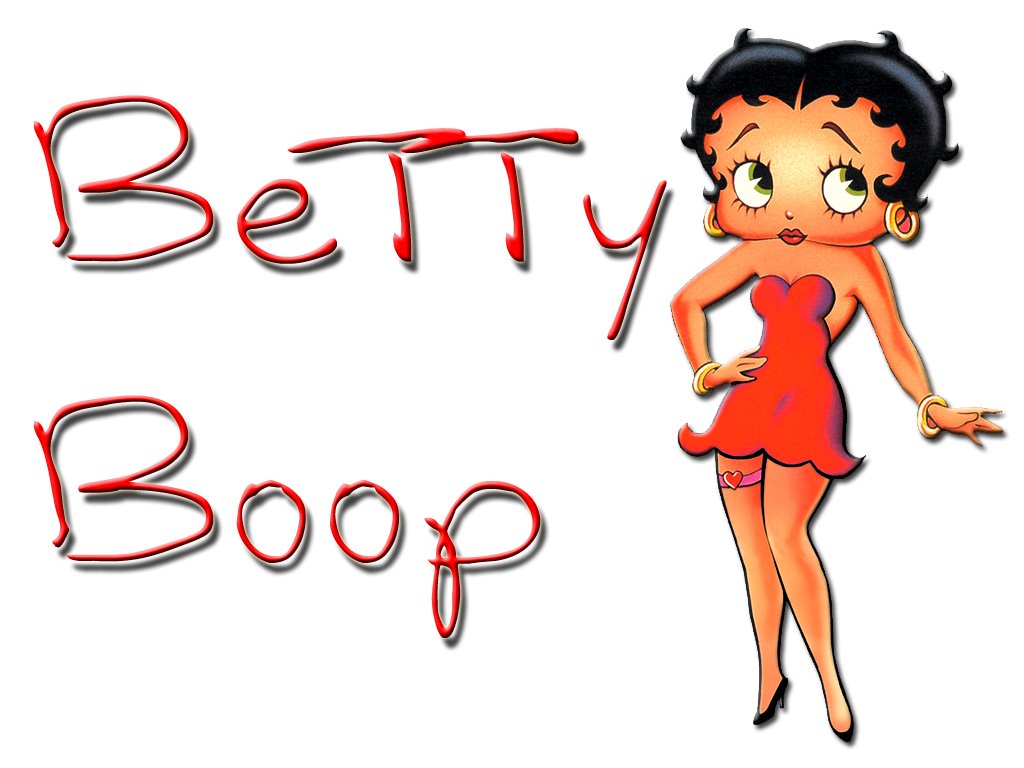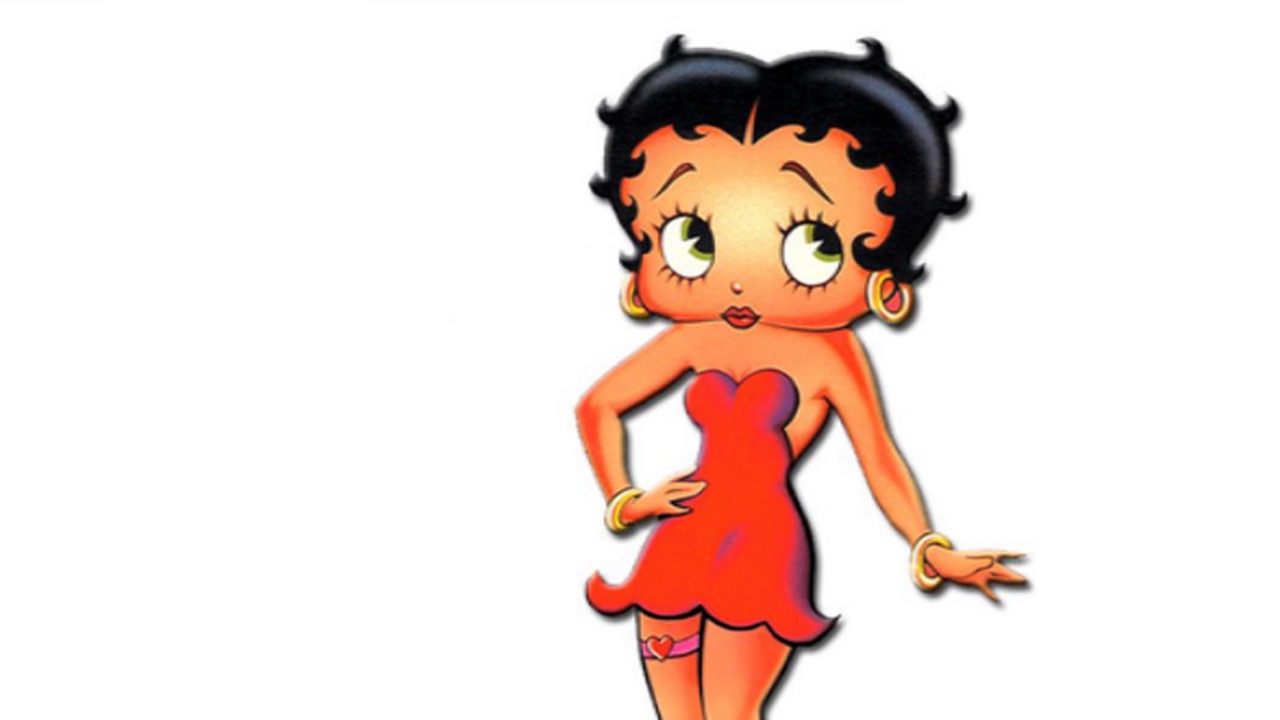
In 1955, her 110 theatrical short cartoon films were sold for television syndication.
Betty boop television show series#
Kane’s claims were eventually dropped due to the fact that another singer, Baby Esther, had sung a song with “Boop-Oop-A-Doop” years before Kane used the line.īetty’s cartoon film series ended in 1939, but she didn’t leave the public eye for long. In actuality, Kane’s career was heading downhill just as Betty’s was climbing. Kane said Betty copied her look, imitated her voice, and stole her line “Boop-Oop-a-Doop”. Kane filed a lawsuit against Fleischer Studios and Paramount Pictures for $250,000, claiming she had lost fans to Betty Boop. Betty went from wearing a short, strapless dress to one with sleeves and a hemline that fell below her knees.īetty also experienced legal troubles. Her character went from being a fun loving “flapper” to a husband-less housewife or career girl, depending on the cartoon.


No longer could Betty Boop be so overtly sexy or wear such skimpy clothing. In Philadelphia, the Betty Boop short cartoon called “Boilesque’ was banned for being too risqué.
Betty boop television show code#
The Code imposed a set of moral values and censorship on the motion picture industry, and, as of July 1934, films were required to obtain a certificate of approval from the Production Code Administration before being released.īetty Boop replicate’s Marilyn Monroe’s famous ‘Seven Year Itch’ pose. In 1933, the National Legion of Decency and the Production Code (Hays Code) was adopted by Hollywood studios, largely due to the fact that the studios would rather censor themselves than be subject to government regulation. Regulations sometimes affected the way Betty was portrayed. Her black and white cartoon series began in 1932 with “Stopping the Show,” and ended hundreds of cartoons later in 1939 with “Yip Yip Yippy”. This could be due to the fact her head is so large, with her proportions resembling that of a baby.īetty’s sexual nature and innocent qualities were brought into the theatrical cartoon film shorts in which she starred. Yet, she still managed to portray a sense of innocence. She often displayed some cleavage and had a tendency to wear sheer clothes so her curvy silhouette would show through when she walked by lights. Betty wore short, strapless dresses with high heels and a leg garter. She also had a high-pitched baby-like voice that inspired the Betty Boop designers.īetty Boop was originally canine, sporting floppy ears and poodle curls.Īn animated sex symbol, Betty boop tends to represent the “flapper” lifestyle of the 1920s, reminding people of past, carefree days while in the midst of the Great Depression. Kane was most known for her song “I Wanna Be Loved By You”, and her trademark phrase “Boop-Oop-A-Doop”. It has been said that Betty Boop was modeled after the silent film star Clara Bow and singer Helen Kane.

Betty’s animators finalized her look and she became the hot-blooded woman we know today.

Her floppy ears became large hoop earrings, and her nose changed to a cute, human, button nose. She originally had floppy ears, a black button nose, and poodle-like curls.īy 1932, Betty Boop was given her own series of cartoon film shorts, and she had lost all traces of her canine qualities. Initially, Betty wasn’t a pinup-style character. Betty’s animator, Grim Natwick, created a dog-like woman with a large head to costar with Bimbo the Dog. Betty Boop, one of America’s most beloved characters, made her debut appearance in 1930 as a canine cabaret signer in the cartoon Dizzy Dishes, produced by Max Fleischer and released by Paramount Pictures.


 0 kommentar(er)
0 kommentar(er)
